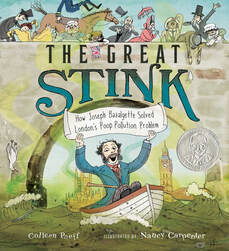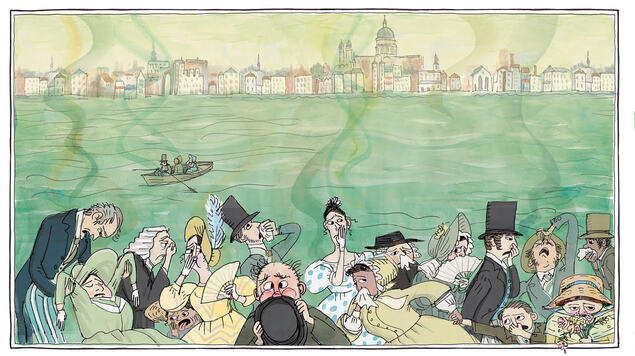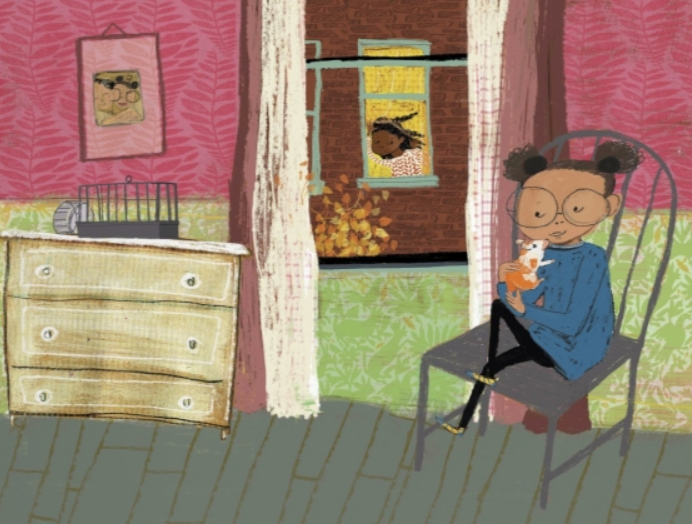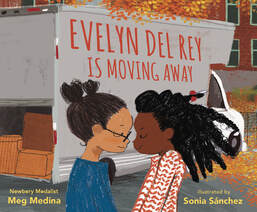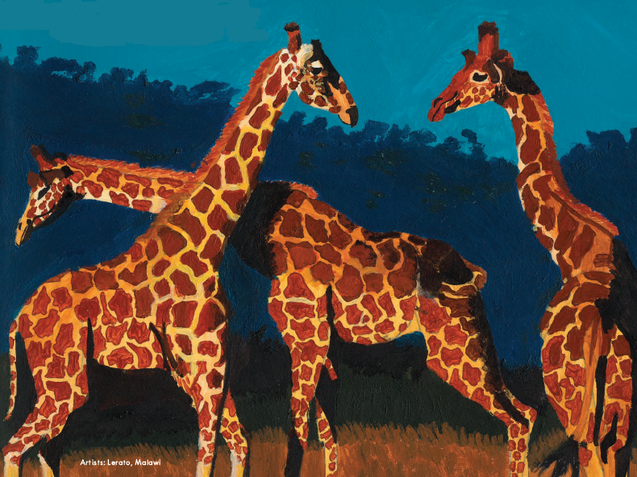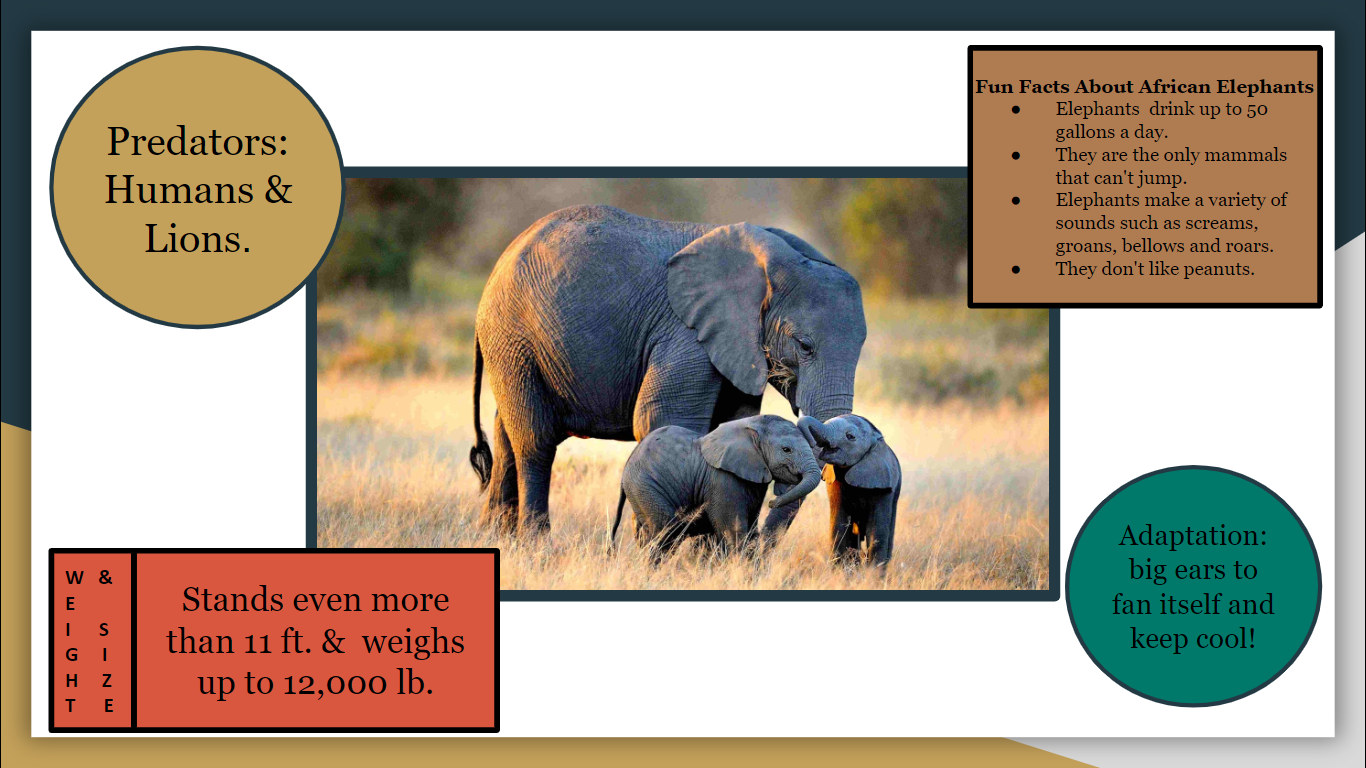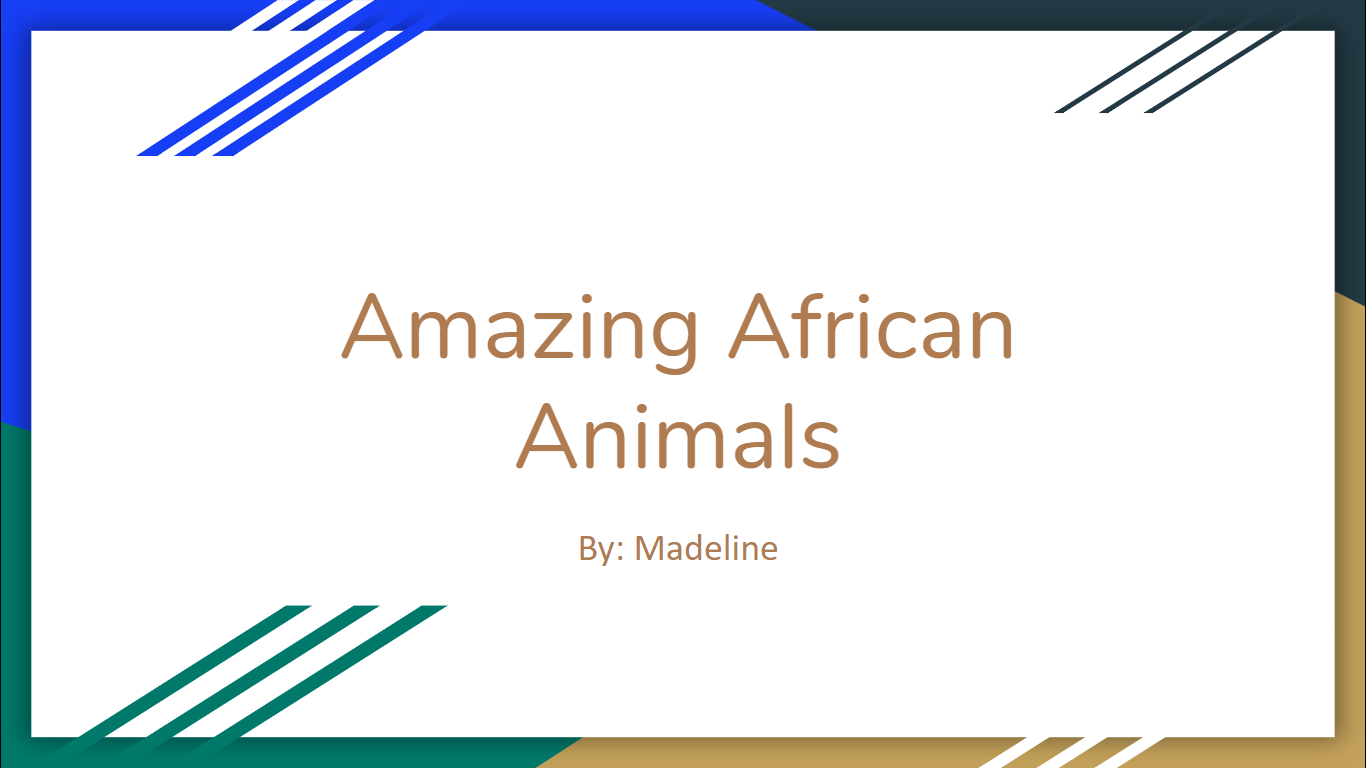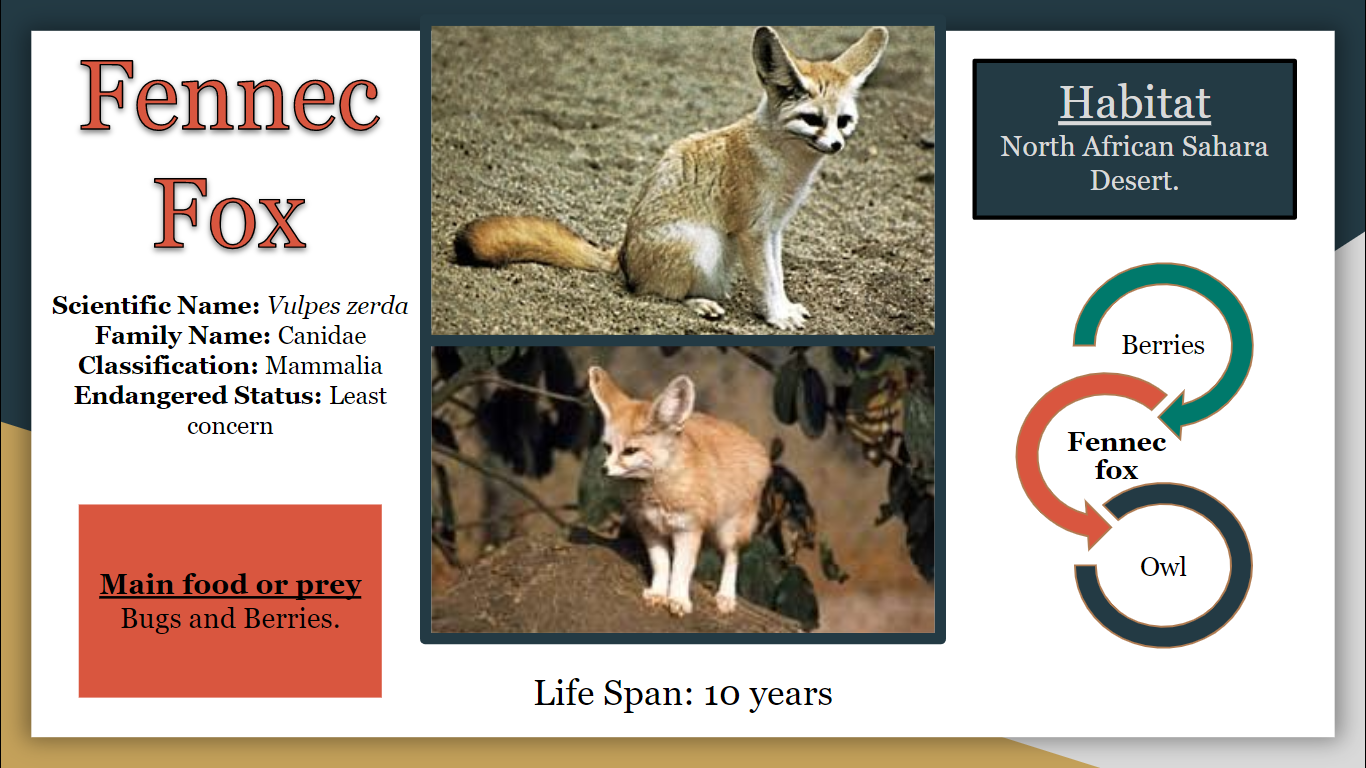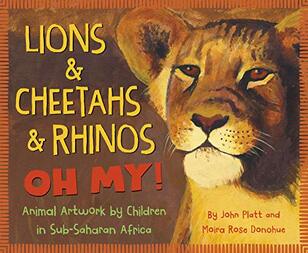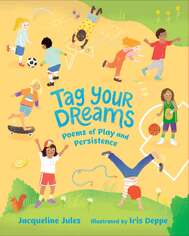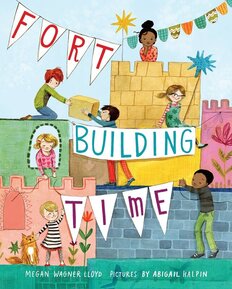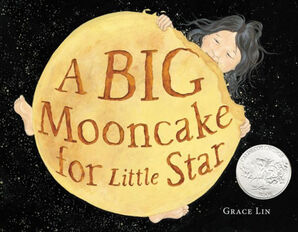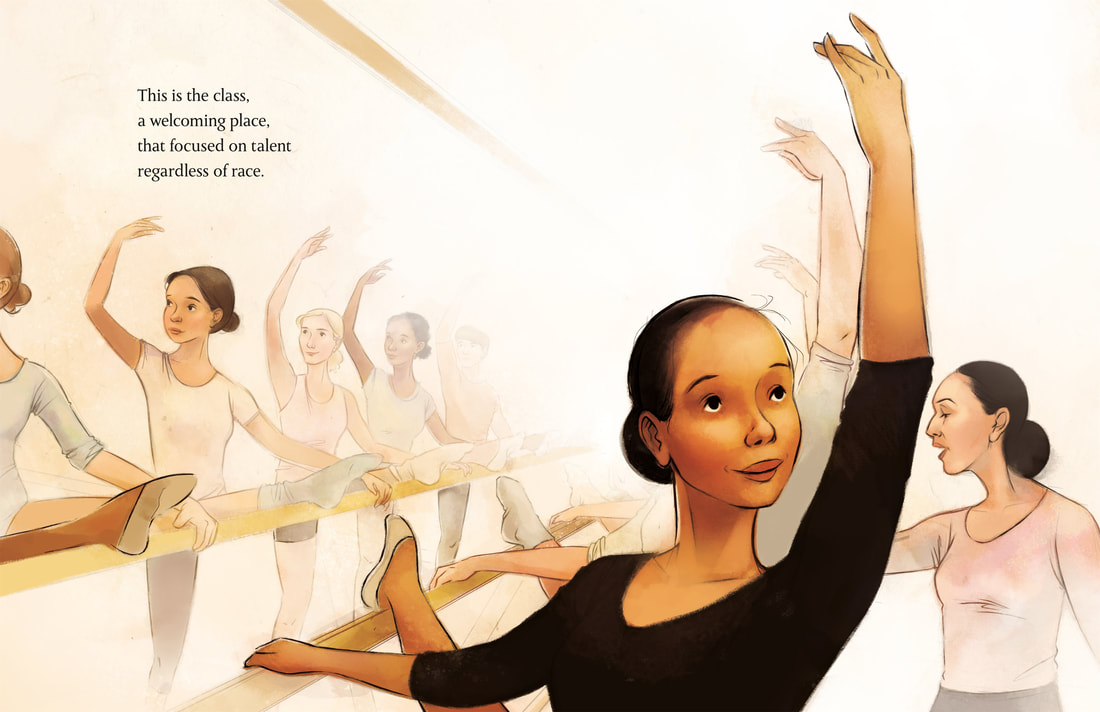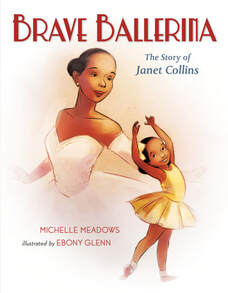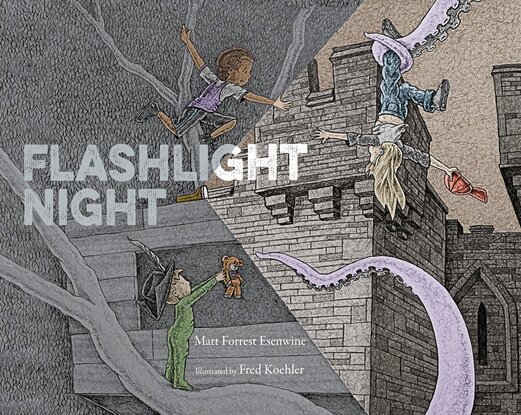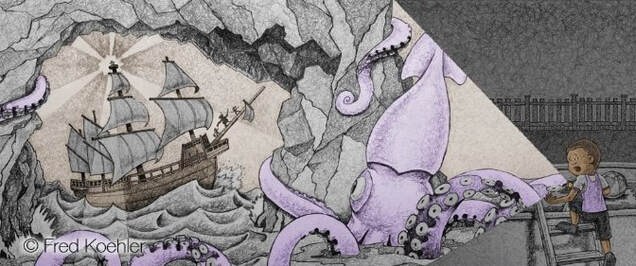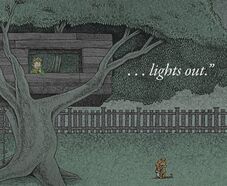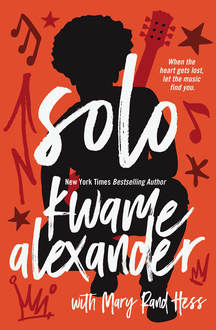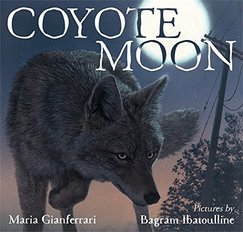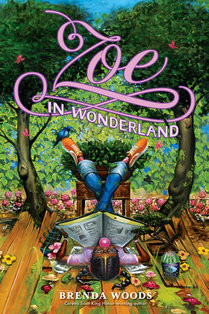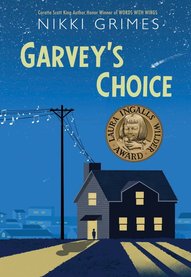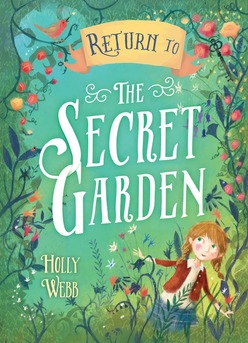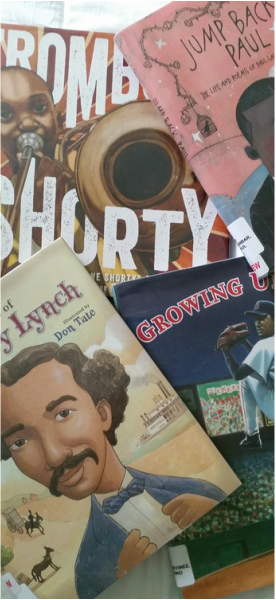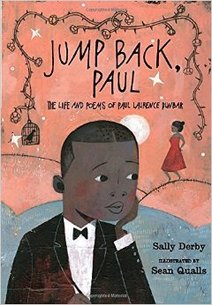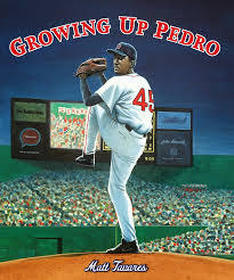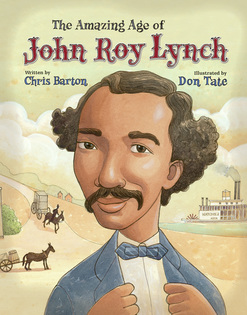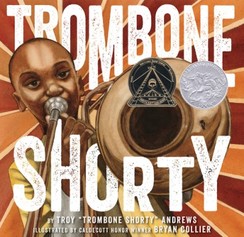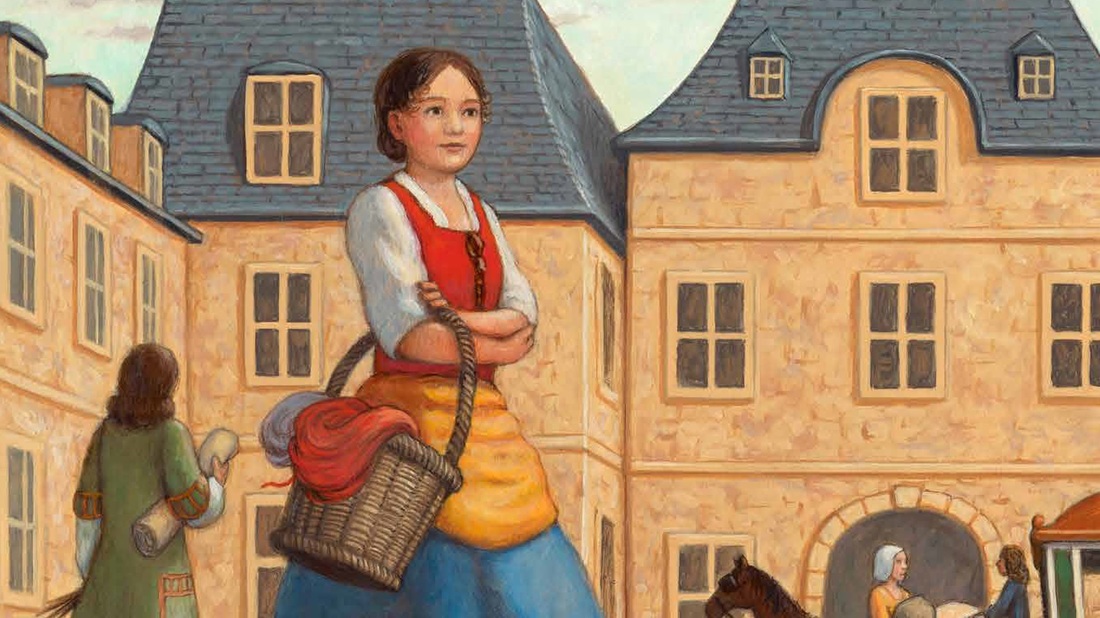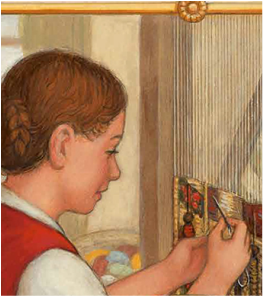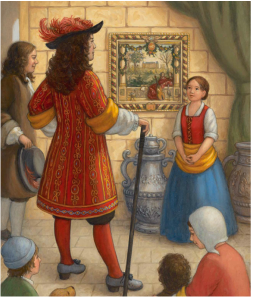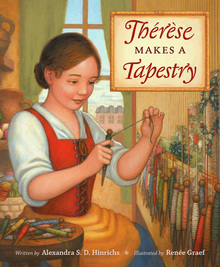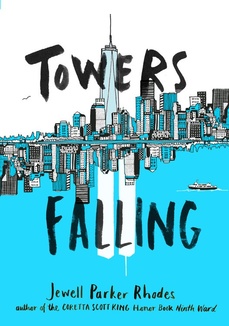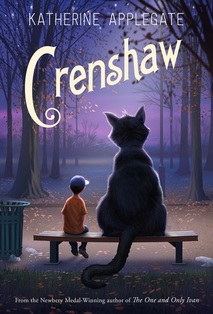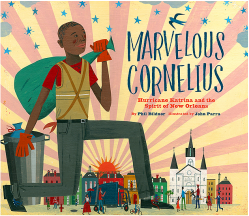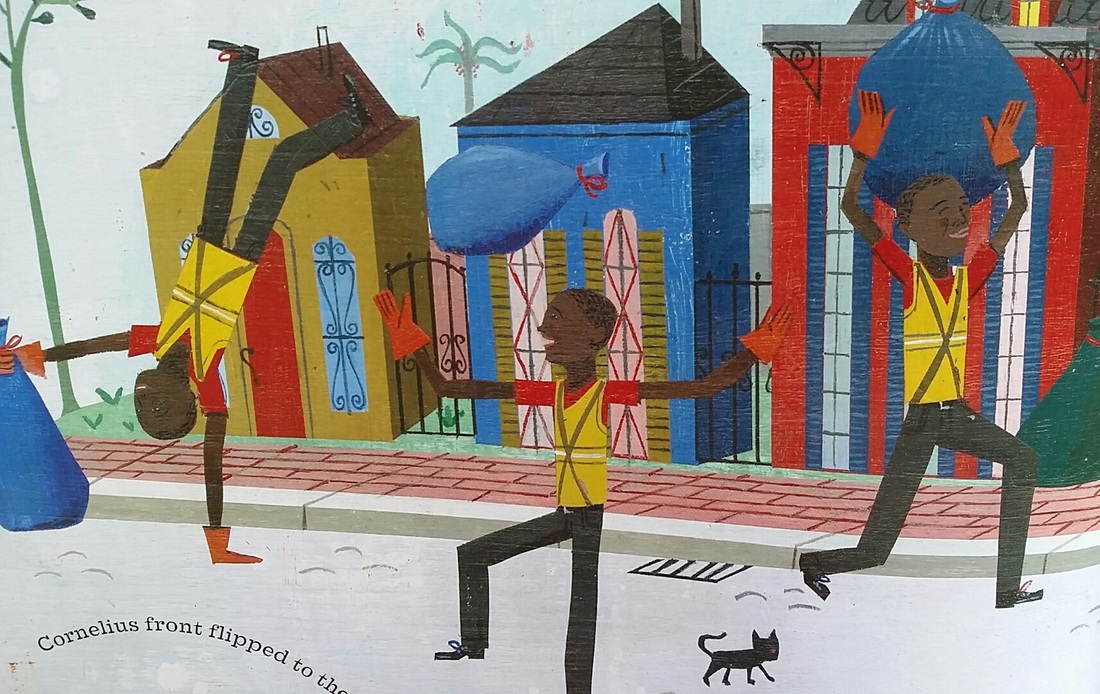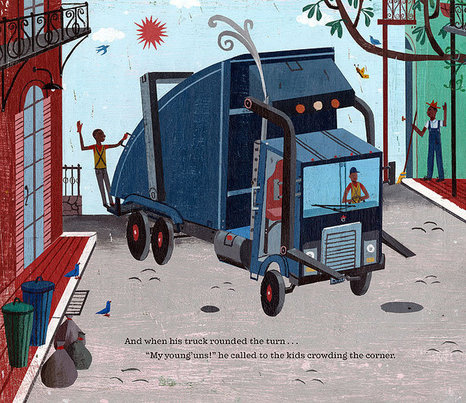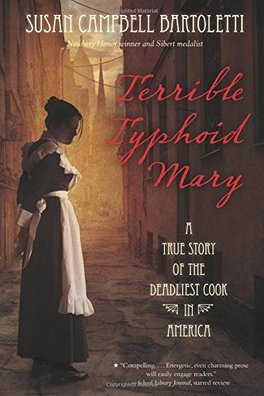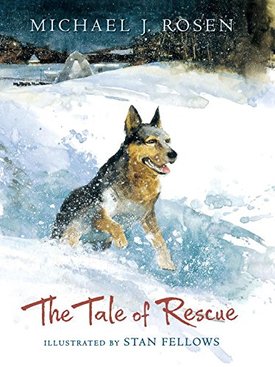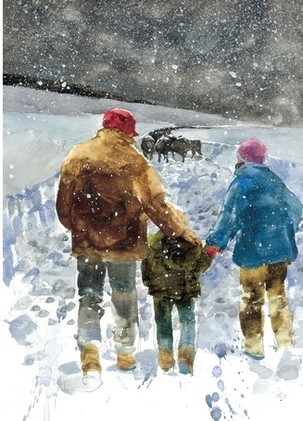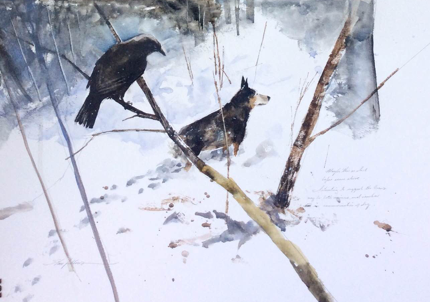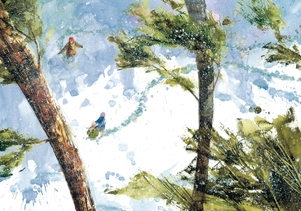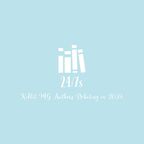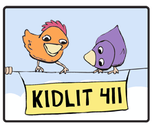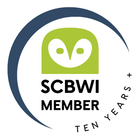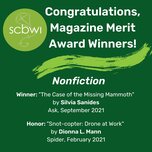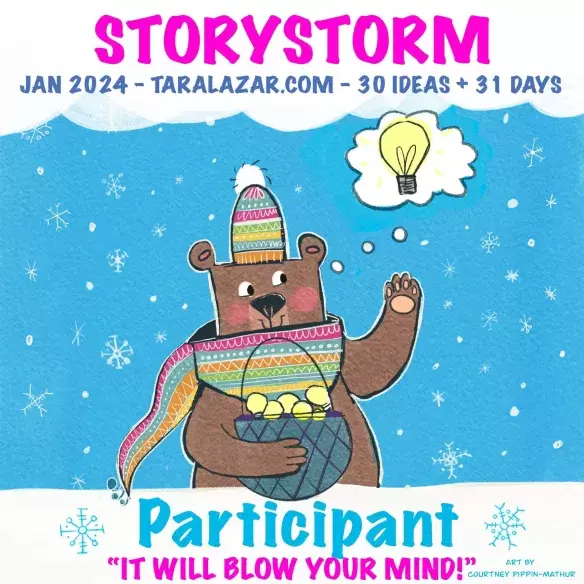THE GREAT STINK: Nothing Stinky About It!
A Review
The Great Stink shines the spotlight on an unsung hero--Joseph Bazalgette. Though a civil engineer during a time when people were more apt to believe superstition than science, Joseph was a true detective, digging for the facts. (Sometimes literally!) He was persistent--never gave up in trying to convince the powers that be that clean drinking water was vital to the health and well-being of the city's inhabitants.
(Did you know that some people back then thought it was OK to drink murky, dirty water, so long as they let the gunk settle to the bottom of their glasses before drinking it? That's the kind of stinky stuff you'll discover when reading this book.)
Thankfully, Joseph wasn't afraid to get his hands dirty (in a clean-it-up sort of way). His love for his city and its inhabitants kept him on task for years. He wanted more than anything to clean up London's smelly problem. After Queen Victoria got ill, Joseph was finally given permission, funds, and manpower to solve London's poopy situation. When all was said and done, he created an entirely new thing--a sewage waste disposal system!
People could finally unplug their noses!
"The evidence is too strong to ignore. Doctors and scientists gradually begin to accept that contaminated water--not air--causes cholera. By clearing the Thames of pollution, Joseph's sewers are saving lives."
Joseph created an AHA! moment in history!
Though a little longer than some picture books, The Great Stink is fast paced. Carpenter's illustrations are sobering while at the same time super fun. They add a level of suspense to each spread. When discussing water conservation, teachers will not regret having a copy of this book in their classroom library. Students of any age will find this story as relevant in our COVID world as it was in the 1850 and 60s. Joseph Bazalgette's victory proved that disease and death can be prevented when common sense and science--the facts--prevail.
